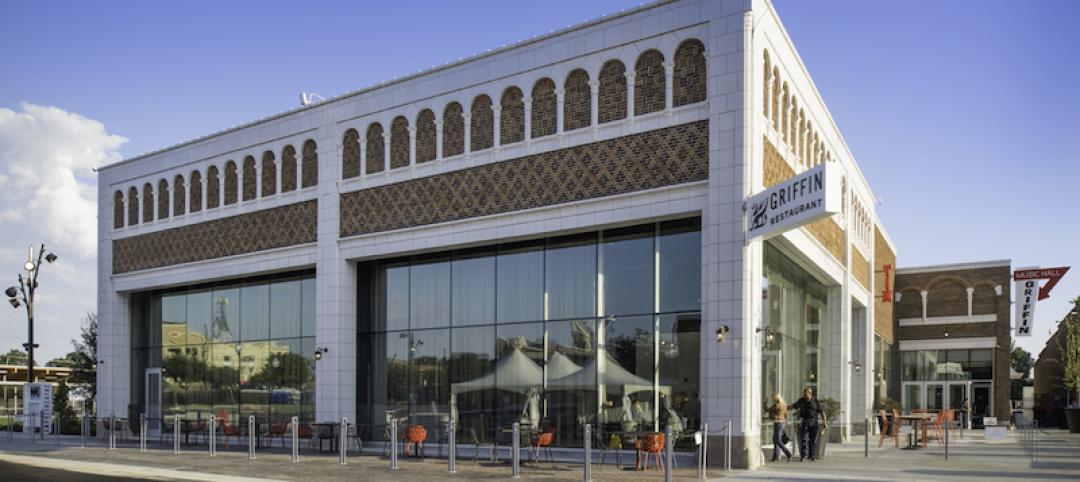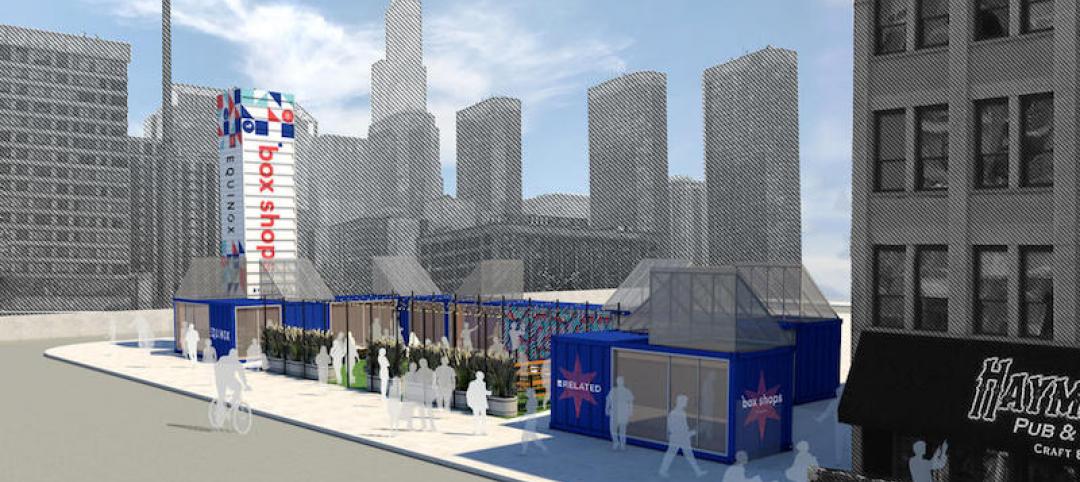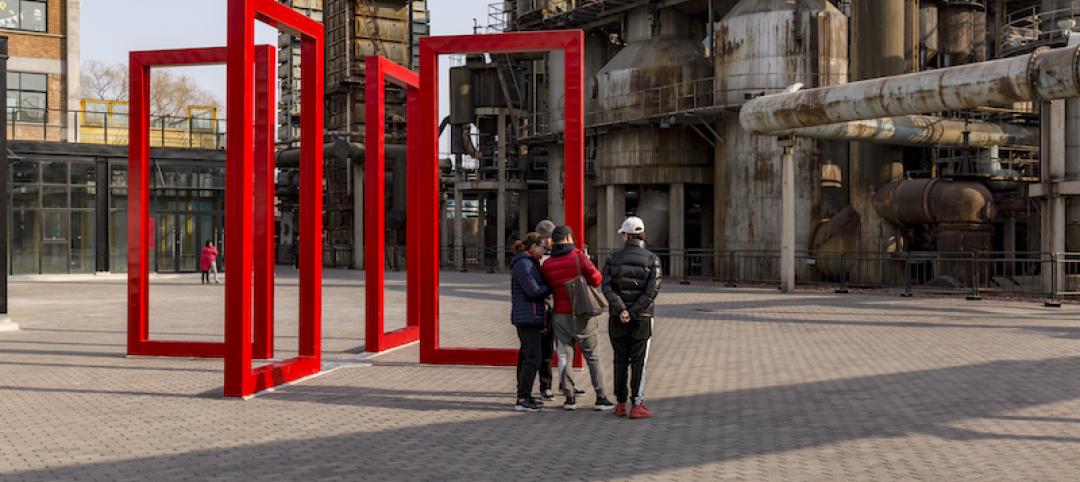The Biden Administration recently announced plans to encourage more office buildings to be converted to residential use.
The plan includes using federal money to lend to developers for conversion projects and selling government property that is suitable for conversions. “Office vacancies have reached a 30-year high from coast-to-coast, placing a strain on commercial real estate and local economies,” according to a White House news release. “At the same time, the country has struggled for decades with a shortage of affordable housing units, which is driving up rental costs, and communities are seeking new ways to cut emissions, especially from existing buildings and transportation.”
Some $35 billion is available through the Transportation Infrastructure Finance and Innovation Act (TIFIA) and Railroad Rehabilitation & Improvement Financing (RRIF) programs to finance housing development near transportation, including conversion projects. Conversion projects are eligible for about $10 billion through the Community Development Block Grant fund.
The General Services Administration will sell surplus federal properties that might be appropriate for residential conversions. The Treasury Department is reminding developers, investors, and owners about multifamily construction tax deductions.
Federal agencies have published information to spur conversions. The Department of Energy has a toolkit of technical and financial guidance for using tax deductions and credits that can apply to residential conversions. The White House also published a guidebook for commercial-to-residential conversions, which includes data on federal loan, grant, tax credit, and technical assistance programs for conversions.
Related Stories
Adaptive Reuse | Feb 25, 2020
Hastings Architecture creates its new HQ from a former Nashville Public Library building
The building was originally constructed in 1965.
Mixed-Use | Jul 18, 2019
POST Houston mixed-use development will include a five-acre “skylawn”
OMA is designing the project.
Multifamily Housing | Jun 17, 2019
Boston multifamily development combines a historic warehouse with a new, modern addition
The Architectural Team designed the project.
Adaptive Reuse | Jun 11, 2019
The power and possibility of adaptive reuse
Building reuse generally offers greater environmental savings than demolition or new construction.
Adaptive Reuse | Jul 9, 2018
Work, park, live: Inside Cincinnati’s parking garage turned lifestyle hotel
The Summit hotel and conference center is a converted parking garage that was once a factory.
Office Buildings | Jun 6, 2018
Final Cut: Jupiter Entertainment’s new production studio in New York combines office and editing spaces
The project team completed this full-floor renovation in four months.
Adaptive Reuse | Jun 4, 2018
Pop-up retail market on Chicago’s Randolph Street will be made of repurposed shipping containers
Related Midwest will open the market at 725 W. Randolph St. later this week.
Adaptive Reuse | May 7, 2018
A decade after it debuted, Beijing’s 798 Arts District is still a work in progress
China’s third-most-popular tourist attraction remains a magnet for creative tenants.
Adaptive Reuse | Apr 26, 2018
Edison Lofts building is New Jersey’s largest non-waterfront adaptive reuse project
Minno & Wasko Architects & Planners designed the building.
Adaptive Reuse | Mar 8, 2018
LEED Platinum for Memphis industrial reuse project
Memphis-based engineering firm OGCB and contractor Grinder Tabor Grinder led the removal of 54 million lb of concrete and 10 million lb of metal.


















